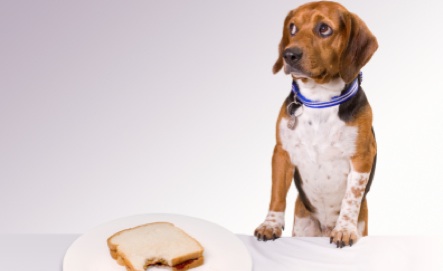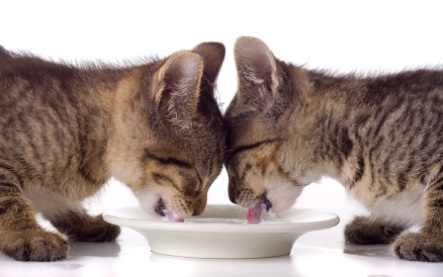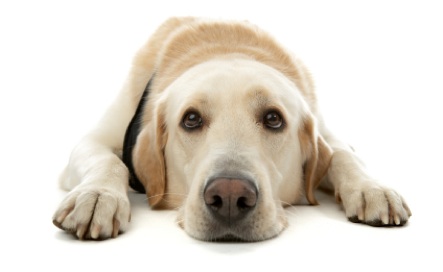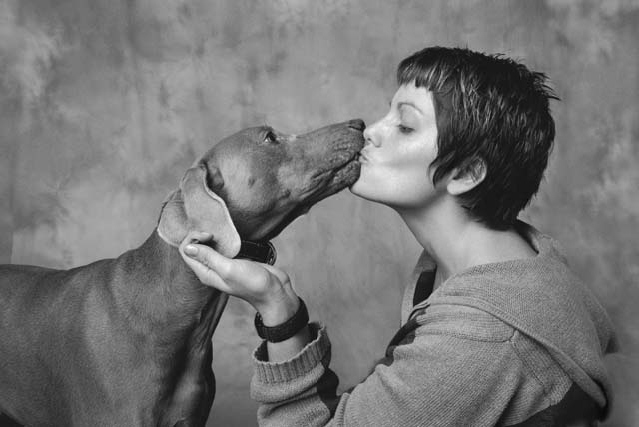As enlightened as we are with the above video on an actual dental procedure for our furry companion, nothing truly changes behaviour like a mere punch on a pocketbook.
In addition to sky-high dental bills, poor dental hygiene can lead to gum disease, tooth loss and even heart disease — and these issues are not limited to people. Animal companions also risk a shorter life span when dental care lapses. It would be wise to plan more frequent dental visits and since such visits are deemed undesirable by most fur parents and their companions alike, here are a few essentials that will help you save time and money caring for those pearly whites.
Vet cleanings involve more than floss and fluoride
In a 2010 study by the Euromonitor on the Asian pet market, about 25 percent of dog owners had purchased dental products within the past year. While 32 percent of fur parents said they brushed their companions’ teeth, most did so only a few times a year — not enough to truly make an impact. Over time, that tartar buildup requires professional care at the veterinarian’s clinic. Your vet will begin by assessing the degree of gum disease, ranging from stage 1 through stage 4, before scheduling a cleaning.
At stage 1, you may notice some tartar or plaque buildup. Stage 2 indicates tartar, plaque buildup and severe gingivitis, along with bleeding and inflammation along the gum line. At stage 3, there may be gingival recession, but the effects of periodontal disease may still be reversible. At stage 4, companions suffer from severe gingival recession, root exposure, mobile teeth and even tooth loss. The price difference between a stage 1 cleaning and a stage 4 cleaning can be $1,000 or more.
A lot of people do not take really good care of their companion’s teeth and when companions are sent to the vet to have their teeth cleaned, most of the gum diseases are assessed to be at stage 3 or 4.
On the day of their dental cleaning, companions should show up with an empty stomach. After taking X-rays and performing blood work to assess your companion’s health, vets will administer an IV and sedate the animal before scaling and polishing teeth.
Costly tooth extractions may be necessary, depending on the severity of gum disease. A fluoride treatment finishes the process. After all that drama, it is essential to keep those pearly whites healthy with regular brushing or perhaps an oral administrative that incorporates enzymes that break down tartar above the gum line.
Administer prevention daily
Amazon.com carries nearly 2,000 products — ranging from chews to water additives — that help improve your companion’s dental health. According to statistics, toothbrushes, tartar control products, pet toothpaste and breath control products are purchased most. It pays to keep it simple. Start by rubbing a soft washcloth, an old toothbrush or even a paper towel along the exterior gum line and help your companion get acclimated to the process. Follow with plenty of water, lots of praise and a promise to repeat regularly.
To make brushing safer, go for unflavoured oral gel made with botanicals. Look for pastes that include enzymes to break down the yucky stuff if your companion suffers from tartar buildup.
Dental rinses work to a certain extent when complimenting it with normal brushing, which can be added to the water bowl. There is also this option of oral care powder for frazzled feline parents that can be added to food or an oral gel solution, which mixes with saliva to break down plaque along the gum line.
Since most dogs enjoy chewing anything within reach, it is a little easier to control plaque and tartar buildup. Nylabones are a good option. All-natural options such as pig’s ears, bones or bully sticks are good alternatives to rawhide chews, which frequently end up on recall lists due to salmonella. Rawhide also tends to land many companions on the surgical table for indigestion from frequent consumption. Despite such a real risk, fur parents still purchase rawhide as they are very much cheaper. All in all, caution should be exercised and close monitoring enforced while chews are given your companions because all products pose a potential choking risk.
Lastly, don’t forget to brush!
Adapted from an article from Mother Nature Network








